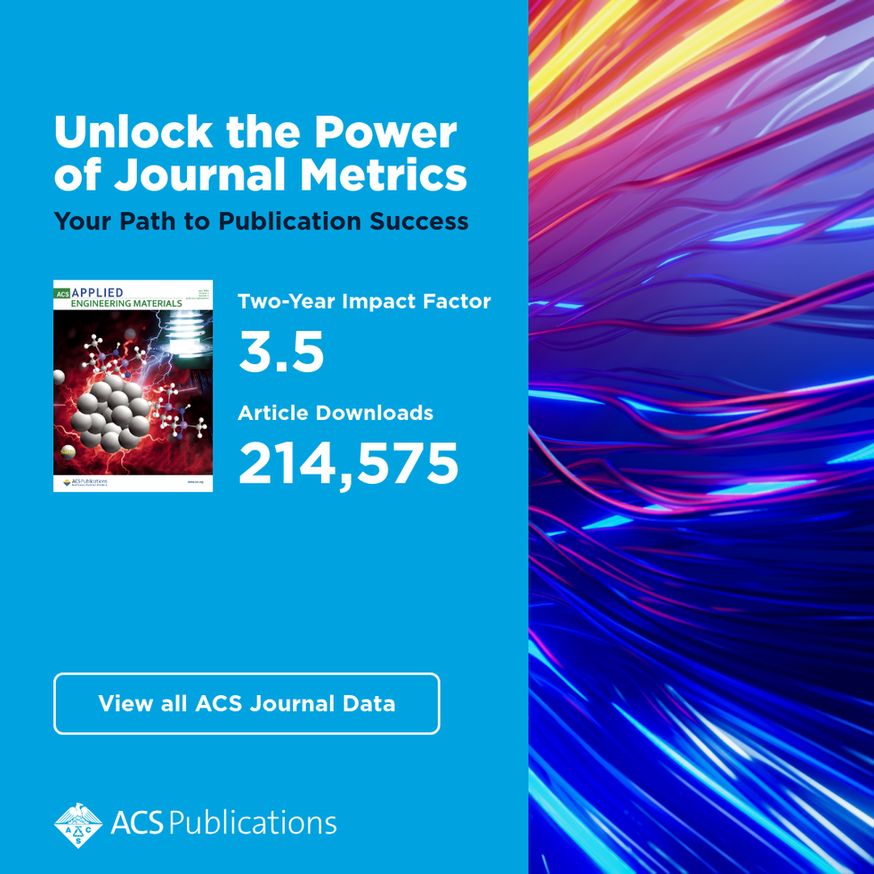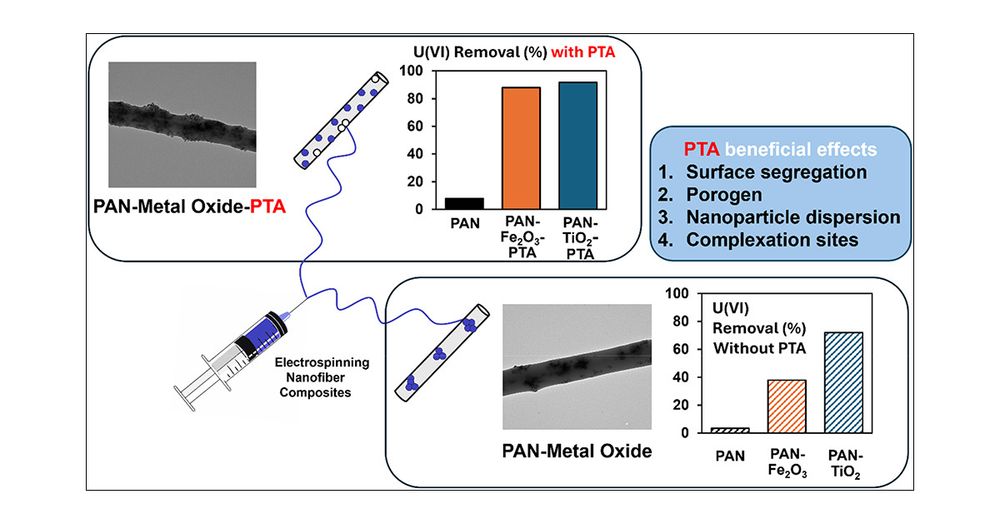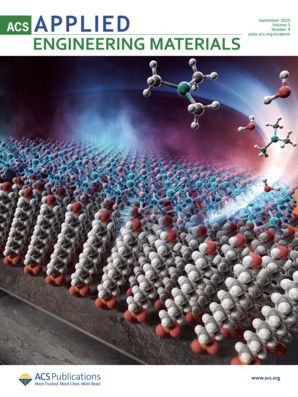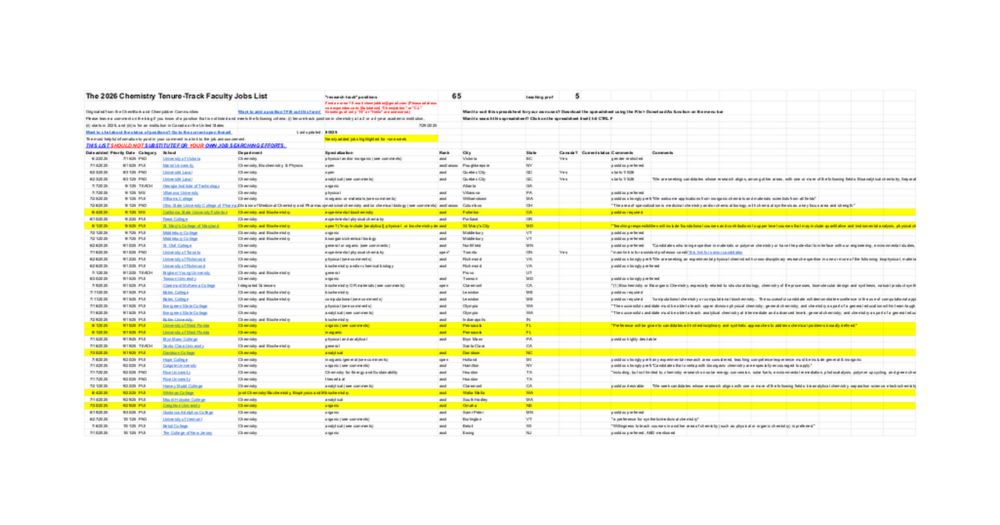Jessica Schiffman
@schiffmanlab.bsky.social
520 followers
420 following
44 posts
❤️ materials, microbes, polymers
Professor, UMass Amherst https://schiffmanlab.org/
Deputy Editor, ACS Applied Engineering Materials
https://pubs.acs.org/journal/aaemdr
Posts
Media
Videos
Starter Packs
Reposted by Jessica Schiffman
Reposted by Jessica Schiffman
'Role of Charge Patterning and Hydrophobicity in Peptide-Based Complex Coacervates' from Biomacromolecules is an open access #ACSEditorsChoice.
📖 Read the article: buff.ly/7e3AsBi
📖 Read the article: buff.ly/7e3AsBi

Reposted by Jessica Schiffman
Reposted by Jessica Schiffman
Reposted by Jessica Schiffman
Reposted by Jessica Schiffman
Reposted by Jessica Schiffman
Reposted by Jessica Schiffman
Reposted by Jessica Schiffman
Reposted by Jessica Schiffman
Reposted by Jessica Schiffman
We’re proud to announce that ACS Applied Engineering Materials has received its first #ImpactFactor of 3.5.
Explore all metrics available to understand the reach, impact, and influence of ACS Applied #Engineering Materials: buff.ly/HR4eHh1
Explore all metrics available to understand the reach, impact, and influence of ACS Applied #Engineering Materials: buff.ly/HR4eHh1

Reposted by Jessica Schiffman
Bryan Vogt
@plasticvogt.bsky.social
· Jul 30

Enhancing Additive Manufactured Polypropylene with Clay Nanocomposites for Both Virgin and Recycled Resins
Additive manufacturing (AM) has been proposed as a route to improve circularity in plastics through local recycling by consumers of their plastic waste into filaments for 3D printing. Polypropylene (PP) would be a promising feedstock in this scenario as PP is one of the largest plastic waste streams and historically has a low recycling rate. However, PP is challenging to accurately print into useable objects due to crystallization-induced warping and delamination during printing. Here, the objective is to overcome these challenges to enable the printability of recycled PP with transferable approaches to the 3D printing user community for sustainable filaments. We demonstrate a simple approach that is translatable to virgin and recycled PP through the inclusion of a natural rod-like clay, sepiolite, and maleated PP compatibilizer to improve the printability of PP through material extrusion AM. Inclusion of 10 wt % sepiolite leads to improvements to the printability, dimensional accuracy, and strength of the printed parts for both virgin and recycled PP resins. Higher filler loading can lead to backflow in the hot end from high viscosity of the nanocomposite. Lower filler content reduces warping and distortions from crystallization of PP relative to the neat PP, but the dimensional accuracy generally improves with increasing sepiolite loading. The broad compositional range for sepiolite to enhance printability provides an opportunity for admixes for recycling PP into filaments through concentrated master batching of sepiolite with PP for consumers wishing to upcycle their PP waste through 3D printing.
doi.org
Reposted by Jessica Schiffman
Reposted by Jessica Schiffman
Mara Breen
@mbreen.bsky.social
· Jul 28
Assistant Professor of Neuroscience and Behavior
Job no: R-0000002388 Position Title: Assistant Professor of Neuroscience and Behavior Work Type: Faculty Full time In-Person Start Date: 07/01/2026 Job Description: The Department of Neuroscience and ...
mtholyoke.wd5.myworkdayjobs.com





















